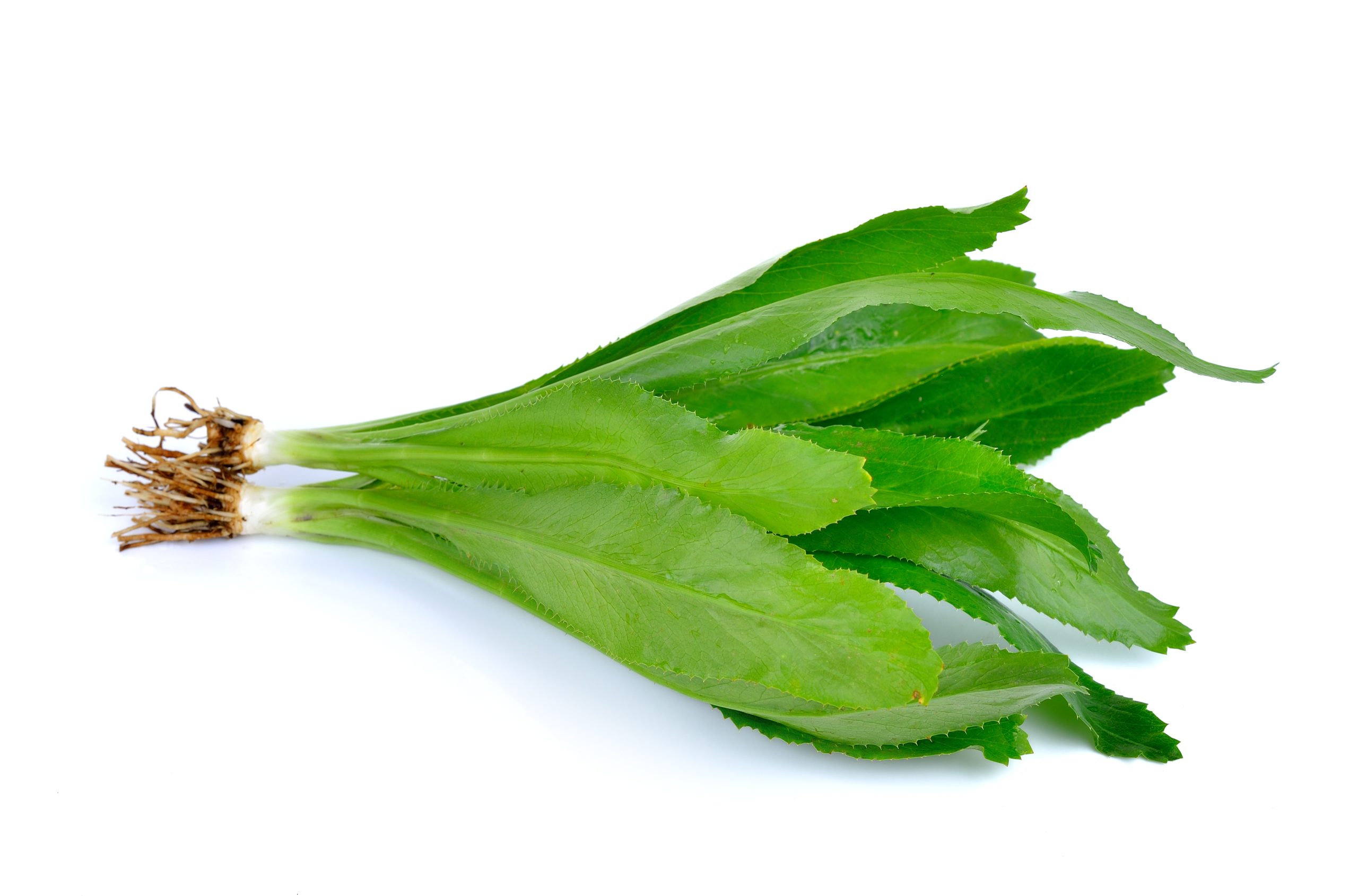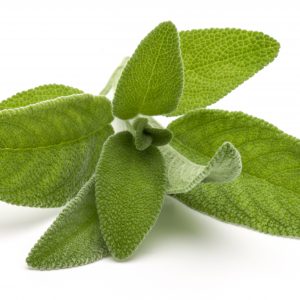Seasons/Availability
Culantro is available year-round.
Selection
Choose fresh culantro that has vibrant, glossy green leaves. Avoid any wilting or discoloration.
Storage
Refrigerate culantro in a plastic bag for up to one week. To maximize shelf-life, wrap the stems in damp paper towels and store in a cool, dry place away from direct sunlight. Culantro can also be frozen by blanching it before placing it into freezer bags. Dried culantro should be stored in an airtight container away from direct heat and light for up to six months.
Preparation
Wash the leaves gently with cold water before using them. Use scissors to cut off and discard any yellowed or brown spots. To prepare for cooking, cut off the stems and discard them. The leaves can then be chopped or minced as desired. Culantro should be added toward the end of cooking to preserve its flavor and aroma.
Nutritional Value
Culantro is an excellent source of dietary fiber, vitamins A, C, and K, magnesium, calcium, potassium, iron, and manganese. It also contains folate and small amounts of protein. Additionally, culantro has trace amounts of antioxidants that may help protect against free-radical damage in cells.
Use
Culantro is a popular ingredient in Caribbean cuisine and Southeast Asian dishes such as curries and soups. Its bold flavor makes it a great addition to salsas, marinades, and sauces. It can also be used as a garnish or tossed into salads for added flavor. Try using culantro in place of cilantro in your favorite recipes for an earthy, pungent twist!
The leaves of culantro are tough and fibrous, making them difficult to eat raw; however, they are delicious when cooked. Use them to make flavorful stews and soups or add them to stir-fries and curries for an earthy punch. They also pair well with garlic, chiles, onions, tomatoes, lime juice, and other herbs such as parsley and cilantro. Culantro is also commonly used to season grilled meats and fish. Culantro can also be used to make flavorful infusions, such as a culantro-infused oil or vinegar. Try blending the leaves with olive oil and soaking them for a few days to create an aromatic condiment!





